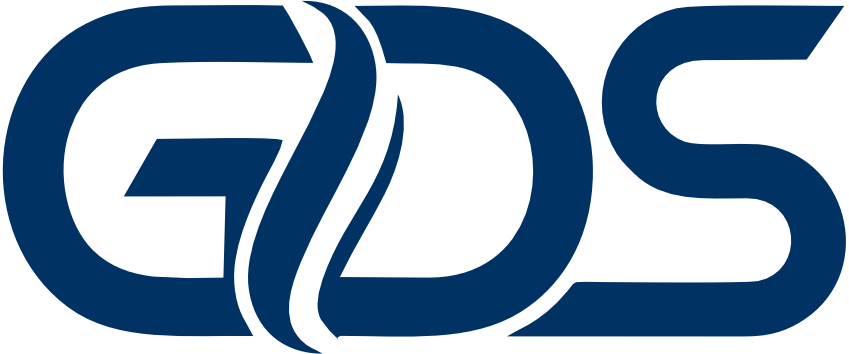Evolution in rotors, blades and combustion technology enhances efficiency, flexibility and availability
The SGT-400 is a simple, robust twin-shaft gas turbine, suitable for both power generation and mechanical drive applications.
The product services the 10 – 15 MW power band and can be used in all climates, onshore and offshore. A technological leap forward when it debuted 20 years ago, the SGT-400 continues to be a leader in operational and fuel flexibility, low emissions and overall efficiency. Enhancements to rotors and blades combined with local support and a 33% increase in the time between overhauls ensure high availability and low lifecycle costs. Recent advancements like the can-annular design with single-stage combustion mean the SGT-400 can burn a wide range of fuel compositions and run efficiently at all loads. It can meet stringent emissions standards while running loads as low as 30% and has seamless, true dual-fuel capability.

Industrial gas turbine
Twin-shaft engine for mechanical drive and power generation
Ingenious design to the core
The SGT-400’s twin-shaft design is simple yet robust. It features a two-bearing gas generator rotor with an 11-stage axial flow transonic compressor and a two-stage, overhung compressor turbine. The SGT-400 free power turbine also has a robust two-stage, overhung design.
Enhancements to rotors and blades have extended the availability of the turbine, which permits output speeds up to 10,000 rpm (12,075 rpm for the 11 MW configuration). The rotors are contained in heavy-duty casings that are horizontally and vertically split, so maintenance can be carried out on-site as needed. The compressor uses variable guide vanes for robust operability and optimized performance across a range of operating conditions. High-chrome blades for high-corrosive environments are also an option.
The gas turbine is equipped with a DLE combustion system to achieve low NOx emissions with both gaseous and liquid fuels. The can-annular, single-stage combustor technology can burn a wide range of fuel types and quality – including liquid fuels or gas directly from wells. Advanced controls enable true dual-fuel capability, with seamless switching between fuel types without losing production.
